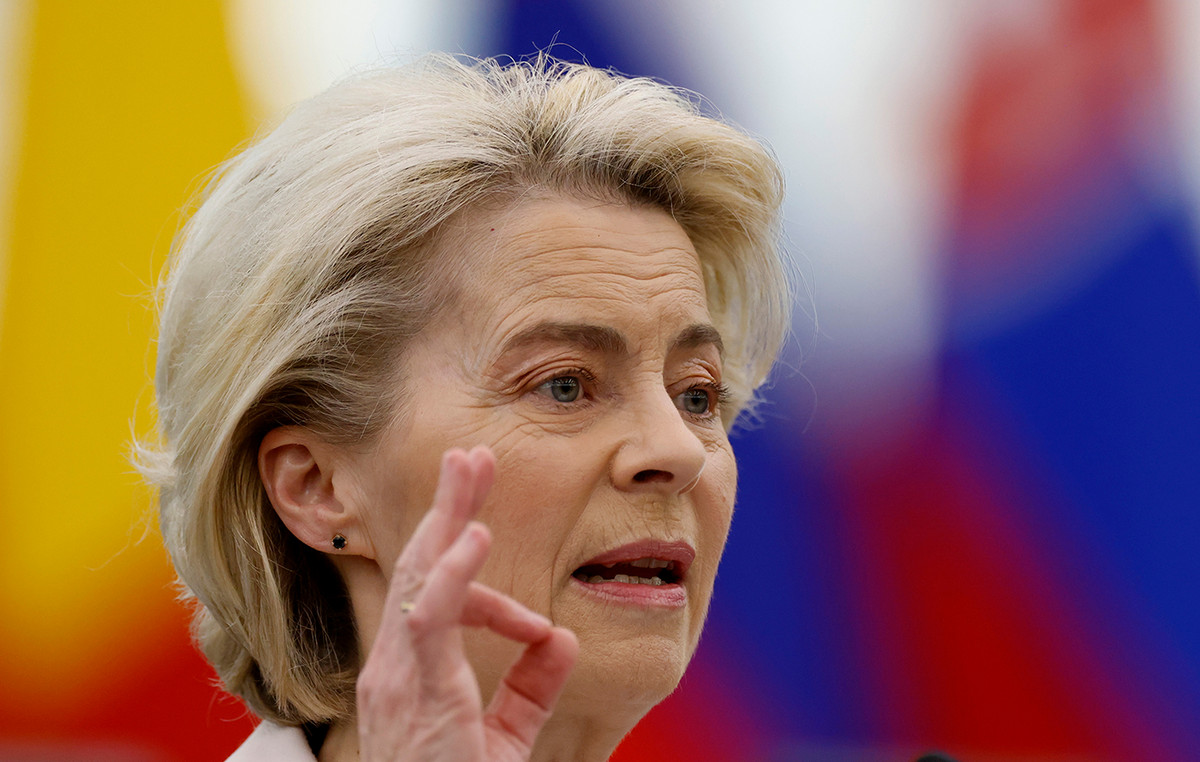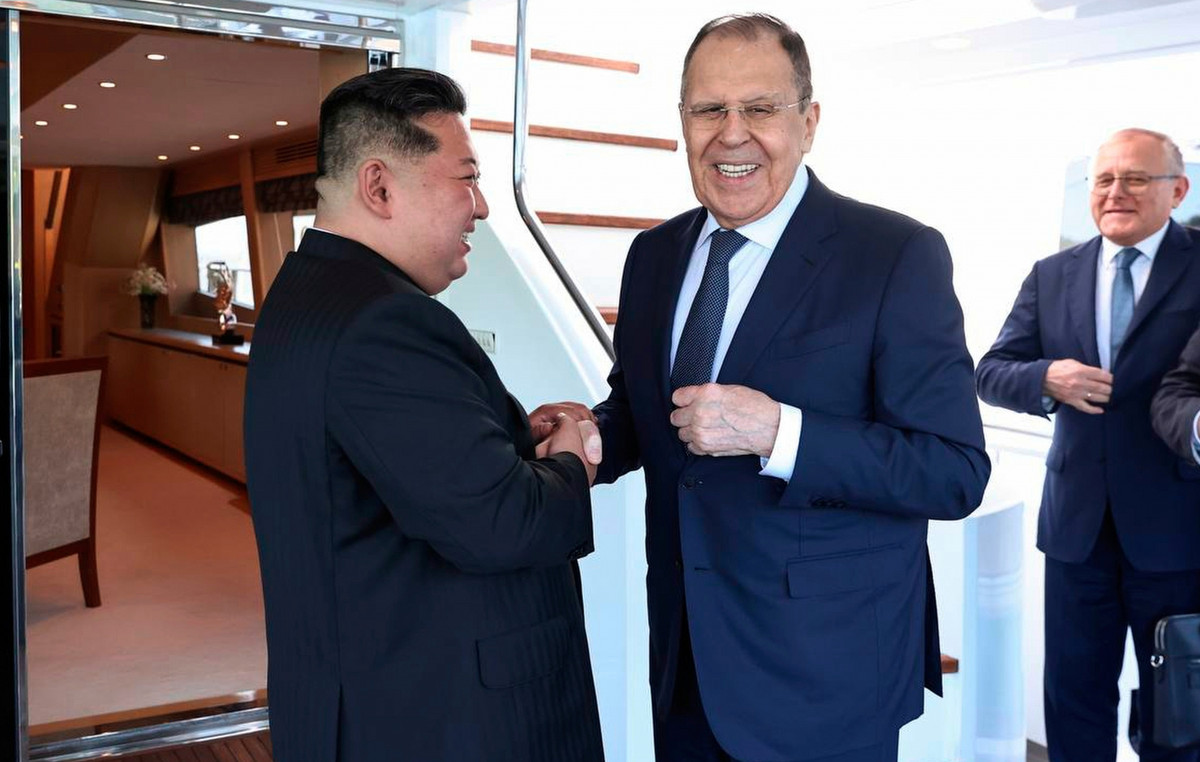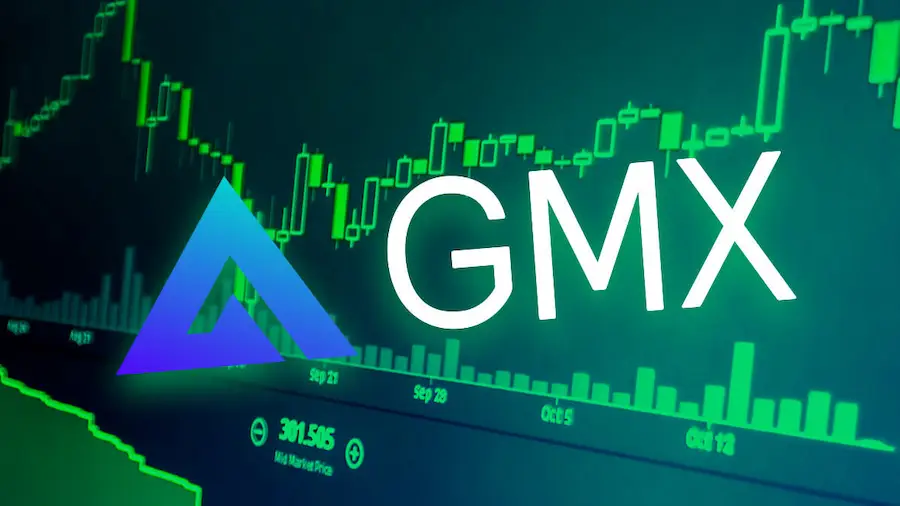- The US dollar is consolidating in a very tight range.
- The economic calendar is encouraged by the publication of the US PPI and the statements of the Fed.
- The US Dollar Index is around 105.25, up from 105.00.
The US Dollar (USD) is retreating after a sharp initial reaction following the release of the Producer Price Index. The downward revisions are good enough for markets to bet on a less hot Consumer Price Index on Wednesday. The main event left now is for Fed Chair Jerome Powell to hear whether he supports that view and opposes any initial interest rate cut forecast.
On the economic front, all the economic data for this Tuesday have already been published. Operators can now begin to position themselves for the publication of the Consumer Price Index (CPI) on Wednesday. With this publication of the IPP, operators will begin to redouble their bet on a possible relaxation of the CPI. This would open the door to June and make it almost certain that the Fed will cut interest rates in September.
Daily summary of market movements: PPI revisions make the dollar wobble
- The World Economic Forum in Qatar began on Tuesday morning. News related to statements by world leaders could be published throughout the week.
- The U.S. Small Business Optimism Index for the month of April, prepared by the National Federation of Independent Business, stood at 89.7, up from 88.5 in March.
- At 12:30 GMT the final reading of the April Production Price Index was published:
- The monthly PPI stood at 0.5%, compared to the revised -0.1%.
- The annual headline PPI accelerated to 2.2% from the revised 1.8%.
- The monthly core PPI jumped to 0.5% from the revised -0.1%.
- The annual core PPI also remained stable at 2.4%.
- Two members of the Fed on the agenda this Tuesday:
- Federal Reserve Governor Lisa Cook will speak on economic growth at around 13:10 GMT.
- Federal Reserve Chairman Jerome Powell will participate in a moderated debate with Dutch central bank Governor Klaas Knot in Amsterdam at around 14:00 GMT.
- US stocks plunge into the red after the publication of the PPI.
- CME's Fedwatch tool suggests a 91.1% probability of remaining unchanged in the Federal Reserve's federal funds rate in June. The chances of a rate cut in July are also ruled out, while for September the tool shows a 49% chance of rates falling 25 basis points below current levels.
- The yield on the 10-year US Treasury bond is trading around 4.49%, its highest on Tuesday.
US Dollar Index Technical Analysis: PPI Revisions Blur the Picture
The US Dollar Index (DXY) is trading fairly stable above 105.00, although a bit afloat. It is clear that traders are looking for direction or confirmation on what to do next with the Dollar. Rather Fed Chair Jerome Powell or Wednesday's Consumer Price Index print will be better times to see where the DXY is headed.
To the upside, 105.52 (a pivotal level since April 11) must recover, ideally via a daily close above this level, before targeting the April 16 high at 106.52 for the third time. Further up and above the round level of 107.00, the DXY index could find resistance at 107.35, the October 3 high.
On the downside, the 55-day and 200-day simple moving averages (SMA) at 104.54 and 104.25, respectively, have already provided ample support. If those levels do not hold, the 100-day simple moving average, near 103.89, is the next best candidate.
Inflation FAQ
What is Inflation?
Inflation measures the rise in prices of a representative basket of goods and services. General inflation is usually expressed as a month-on-month and year-on-year percentage change. Core inflation excludes more volatile items, such as food and fuel, which can fluctuate due to geopolitical and seasonal factors. Core inflation is the figure economists focus on and is the target level of central banks, which are mandated to keep inflation at a manageable level, typically around 2%.
What is the Consumer Price Index (CPI)?
The Consumer Price Index (CPI) measures the variation in prices of a basket of goods and services over a period of time. It is usually expressed as a percentage of inter-monthly and inter-annual variation. Core CPI is the target of central banks as it excludes food and fuel volatility. When the underlying CPI exceeds 2%, interest rates usually rise, and vice versa when it falls below 2%. Since higher interest rates are positive for a currency, higher inflation usually translates into a stronger currency. The opposite occurs when inflation falls.
What is the impact of inflation on currency exchange?
Although it may seem counterintuitive, high inflation in a country drives up the value of its currency and vice versa in the case of lower inflation. This is because the central bank will typically raise interest rates to combat higher inflation, attracting more global capital inflows from investors looking for a lucrative place to park their money.
How does inflation influence the price of Gold?
Gold was once the go-to asset for investors during times of high inflation because it preserved its value, and while investors often continue to purchase gold for its safe haven properties during times of extreme market turmoil, this is not the case. most of the time. This is because when inflation is high, central banks raise interest rates to combat it.
Higher interest rates are negative for Gold because they increase the opportunity cost of holding Gold versus an interest-bearing asset or placing money in a cash deposit account. On the contrary, lower inflation tends to be positive for Gold, as it reduces interest rates, making the shiny metal a more viable investment alternative.
Source: Fx Street
I am Joshua Winder, a senior-level journalist and editor at World Stock Market. I specialize in covering news related to the stock market and economic trends. With more than 8 years of experience in this field, I have become an expert in financial reporting.







